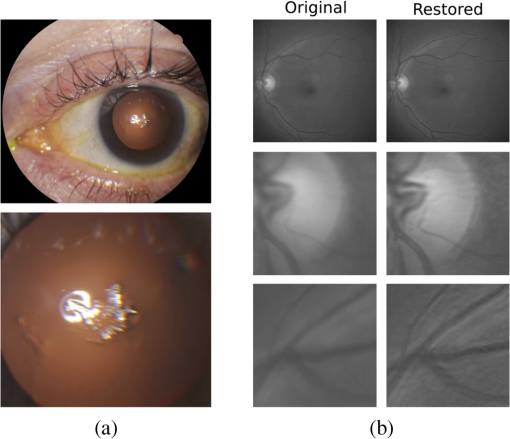
I applied a Curves adjustment to darken the background and The image’s background is a little too light and the nebula You now have an image that incorporates the luminance data. From the Layers panel at the bottom-right, find where it says Normal and change it to Screen as shown: Set the blend mode to Screen to combine the images. Once the file is placed, press Enter to commit the file to a new layer in your image. If you saved your RGB image as a PSD, go ahead and merge all of the layers by selecting Layer – Flatten Image.įrom the menu, select File – Open and Place and locate the TIFF file for the luminance image. Navigate to and select File – Open to open the RGB image you created in the other tutorial. We’ll use Photopea to incorporate the luminance data, but you can use Photoshop or GIMP too. From the menu select Zoom – Zoom to Fitįrom the menu select File – Export – TIFF and save the image Incorporating Luminance Data Zoom out to fit the image into the display. Your image should look something like this:ĥ. Window, and enter 65535 in the High field if it’s not already there. Enter the low value in the Low field of the Scale Parameters As in the other tutorial, from the menu, select Scale – Scale Parameters, find the low value in your image by hovering your mouse over dark parts of your image and observe the number in the Value field.Ĥ. Under Scale, select Log and now we’ll adjust the black point.ģ. Start SAOImage DS9 and locate and open the luminance FITSĢ. We’ll have to convert our luminance FITS into a TIFF, so we’llġ.
SAOIMAGE DS9 RETINA HOW TO
Once you have done that, download this sample, which is the luminance image from the NGC 3195 observation – I’ll show you how to incorporate this image into the RGB image. Creating Your RGB Imageĭownload the sample files and follow the directions in Creating An RGB Image Using SAOImage DS9 to create your RGB image for this tutorial. In this article, I show you how to incorporate a luminance image into your RGB image for more contrast and detail. The problem is that many observations include Luminance data as well, and you essentially ignore that valuable data when focusing only on RGB. Quite probably there is a more elegant solution, but this works.In the tutorial Creating An RGB Image Using SAOImage DS9 I showed you how to create an RGB image from three input files (one for each color). Use you favourite editor to attach these lists to each other. This will then give you a list of the RA, Dec of the same sources. If you want to match this up with the 2MASS sources then you have to "list regions" again, but this time select "fk5" as the coordinate system. This will give you a list of x,y coordinates. From this, select "x,y" for the format and "image" for the coordinate system. Another dialogue box will open asking you to select the format and coordinate system. Then, in the main image window open the "Regions" dialogue and select "List regions". From the "File" dialogue, select "Copy to regions". When you load the catalog you should see a window open entitled "2MASS Point sources" which lists all the sources in your image.

SAOIMAGE DS9 RETINA SOFTWARE
Is what you are asking - how do I get the x,y coordinates of these 2MASS sources in my image? Or do you wish to know what the x,y coordinates of the actual sources in your image? If the latter then you will need some other software like Sextractor or DAOphot to do source-searching and parameterisation in your image. When you load the 2MASS catalogue, SAOimage is able to use the RA and Dec in the catalogue to calculate the x,y positions of the catalog sources in your image (and marks them as green circles). OK, it seems to me that what you have is a fits image (from where?) that has some world coordinate system information attached.


 0 kommentar(er)
0 kommentar(er)
